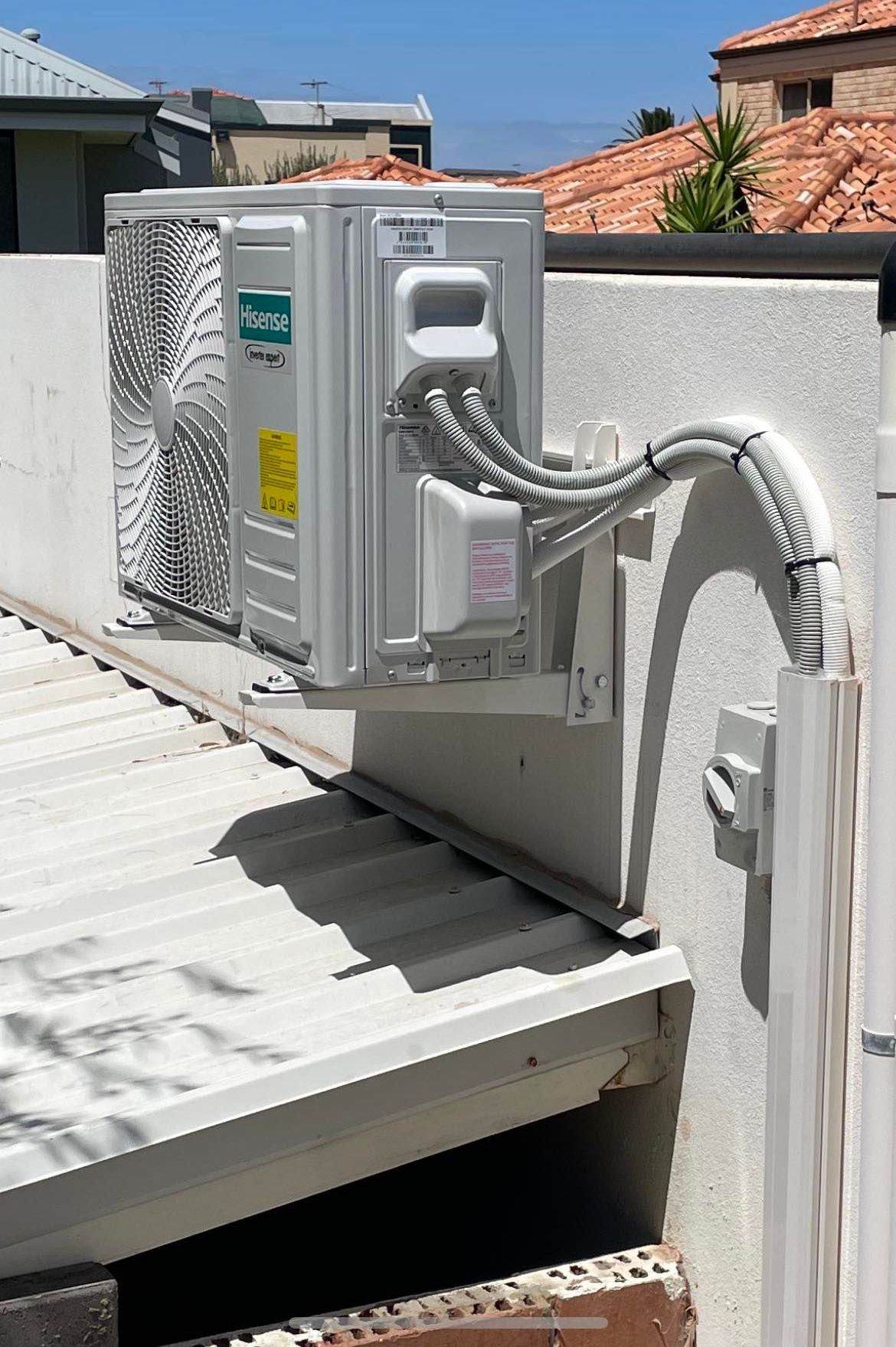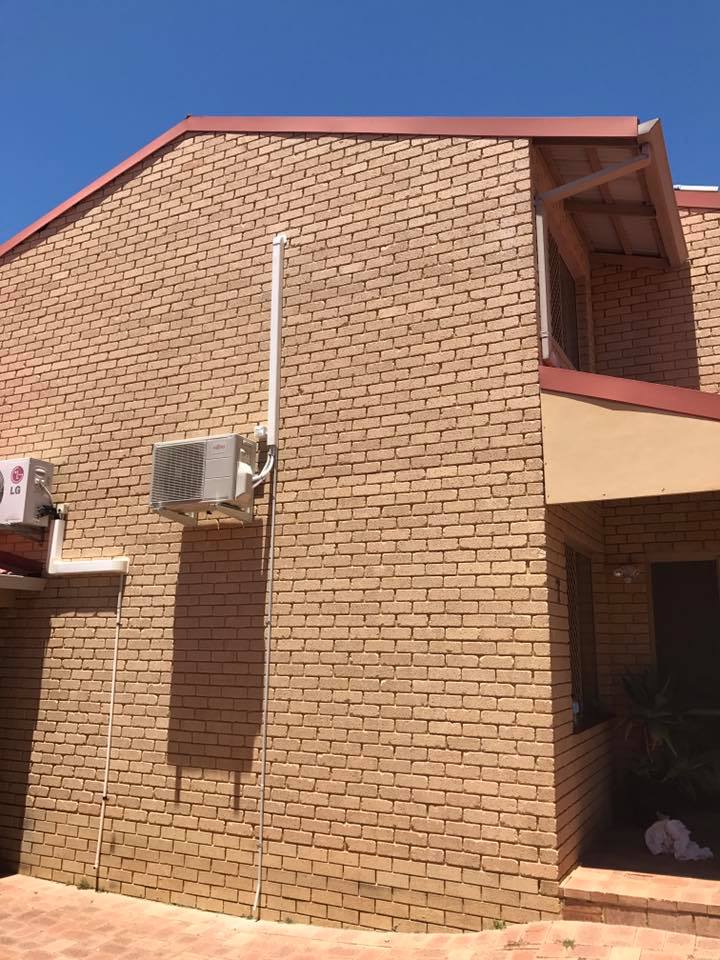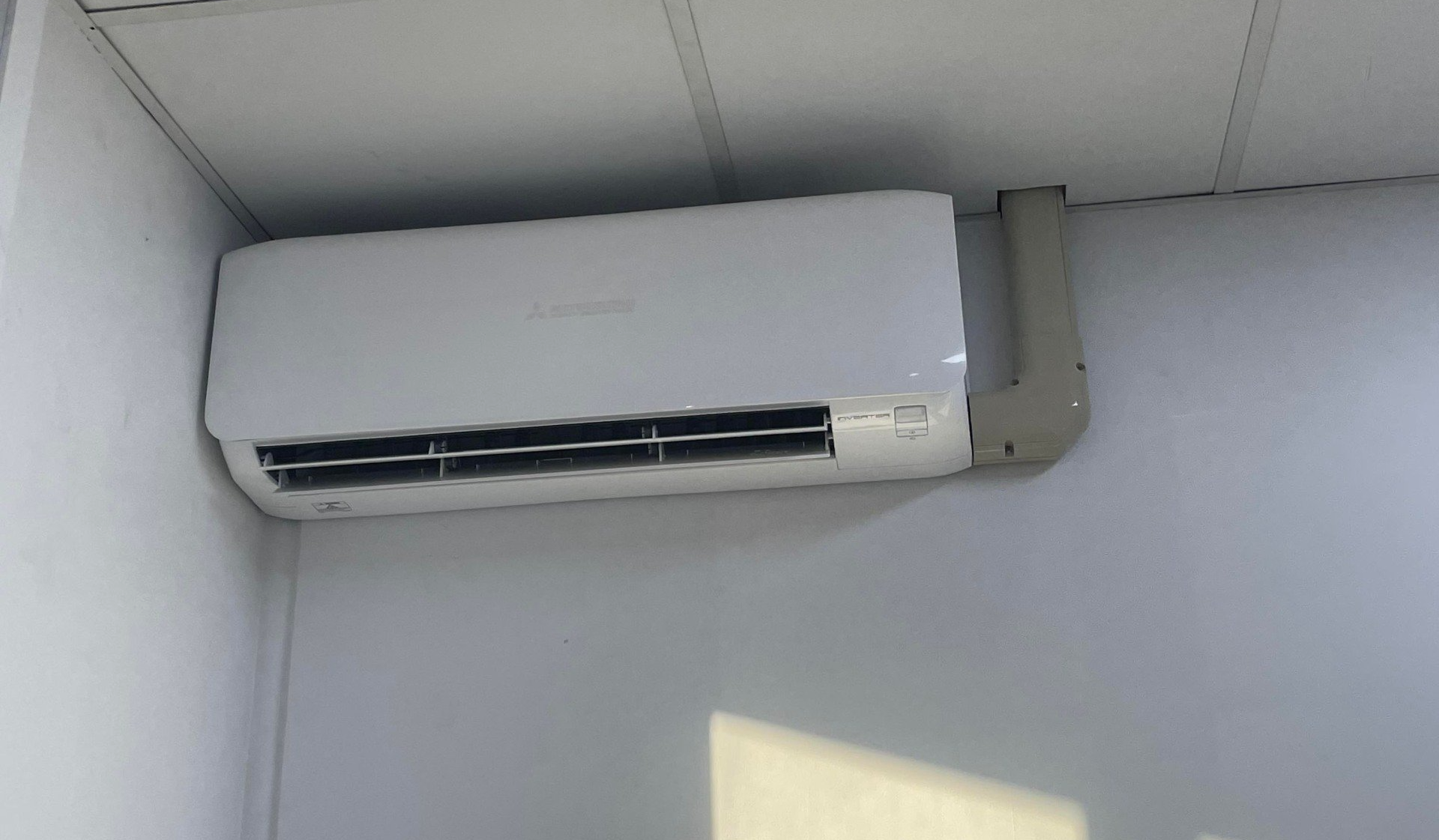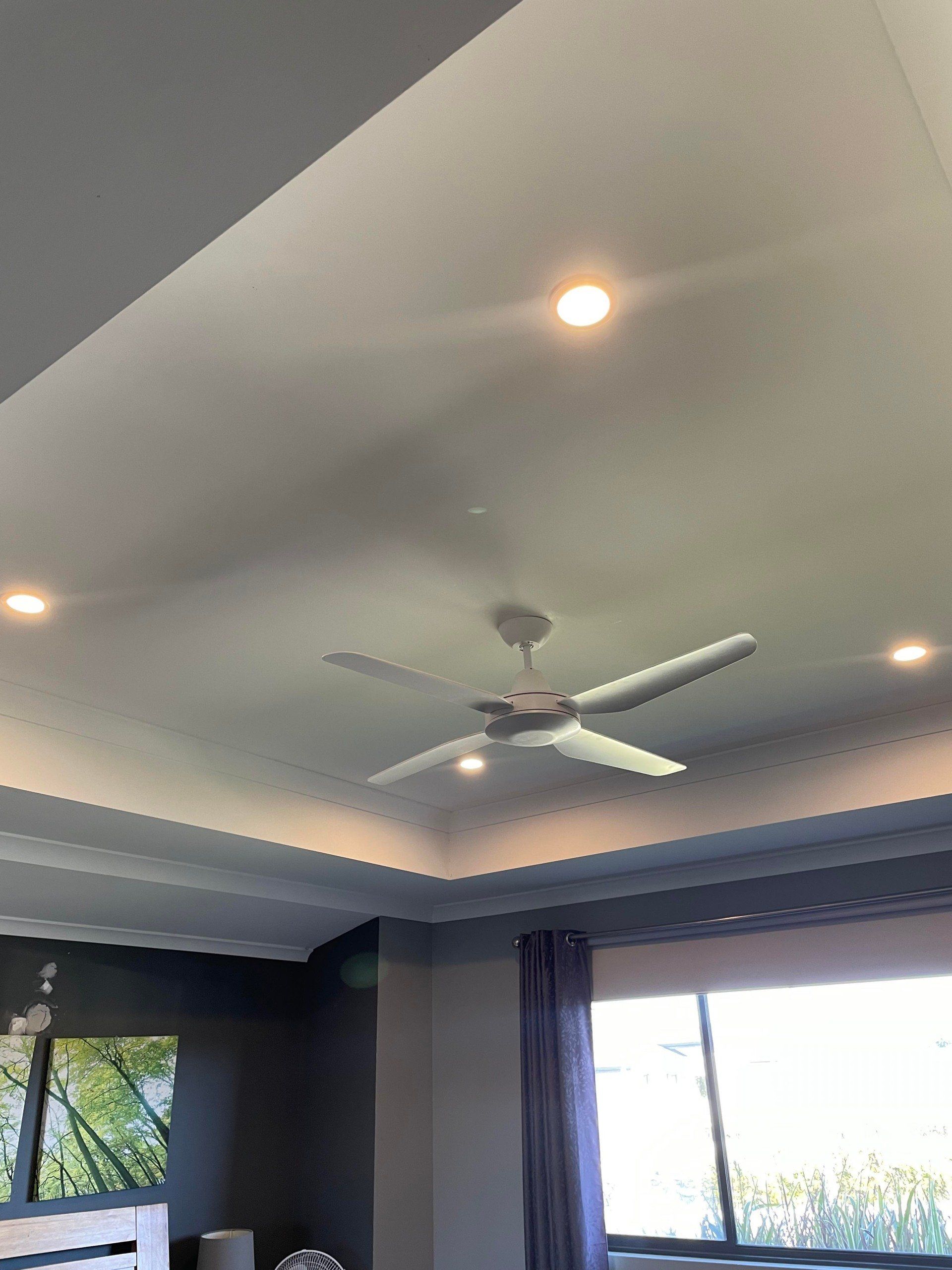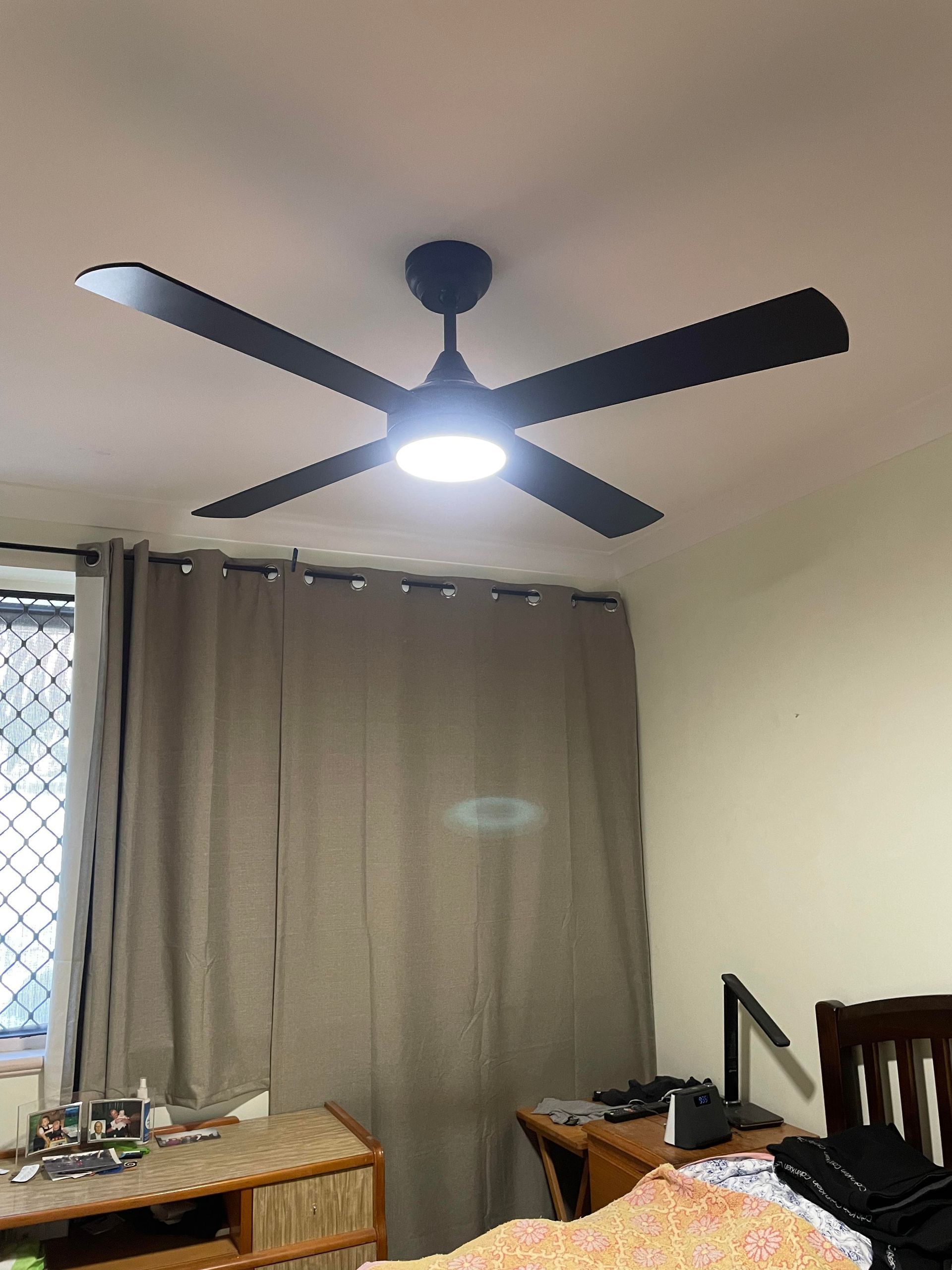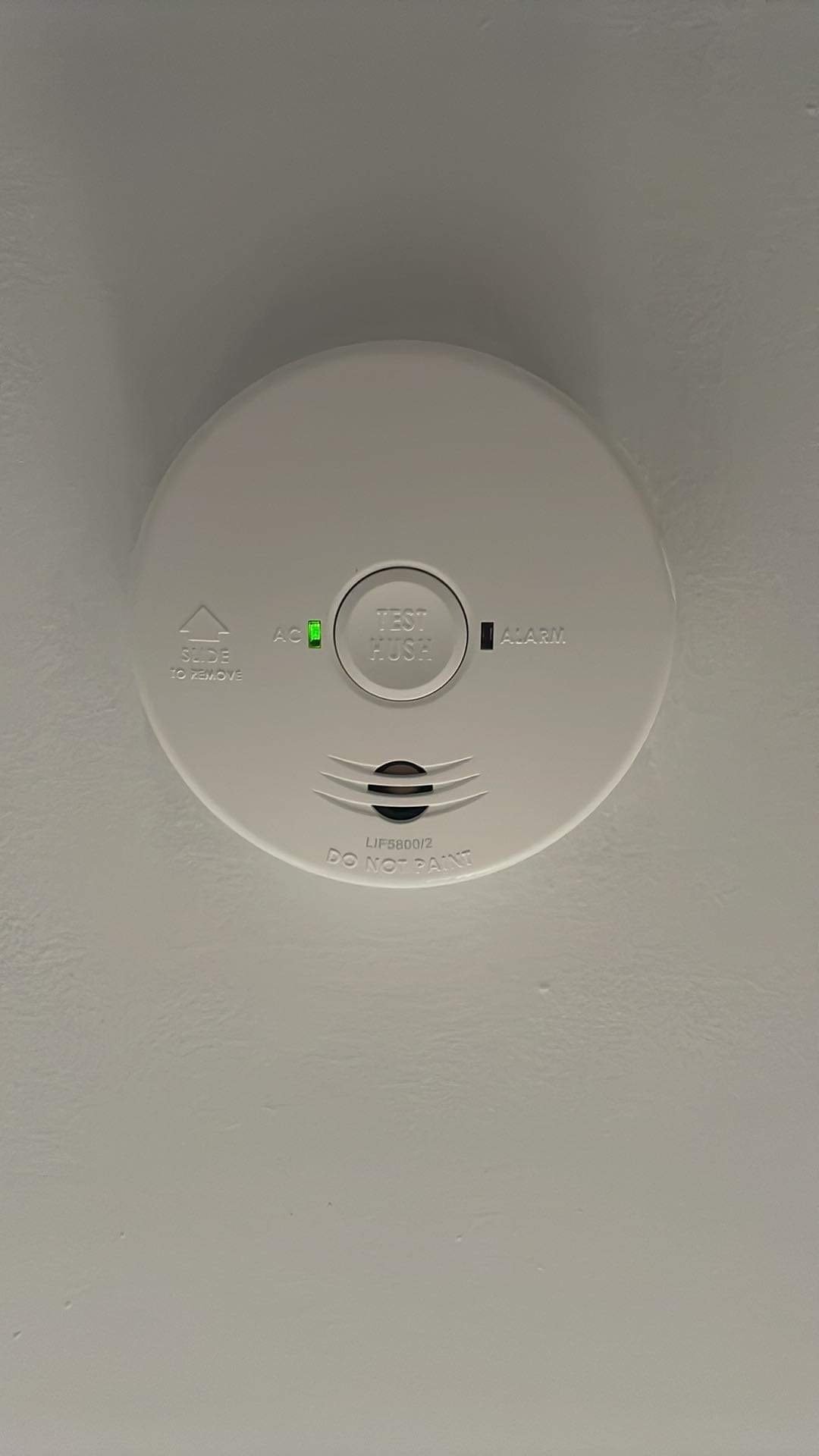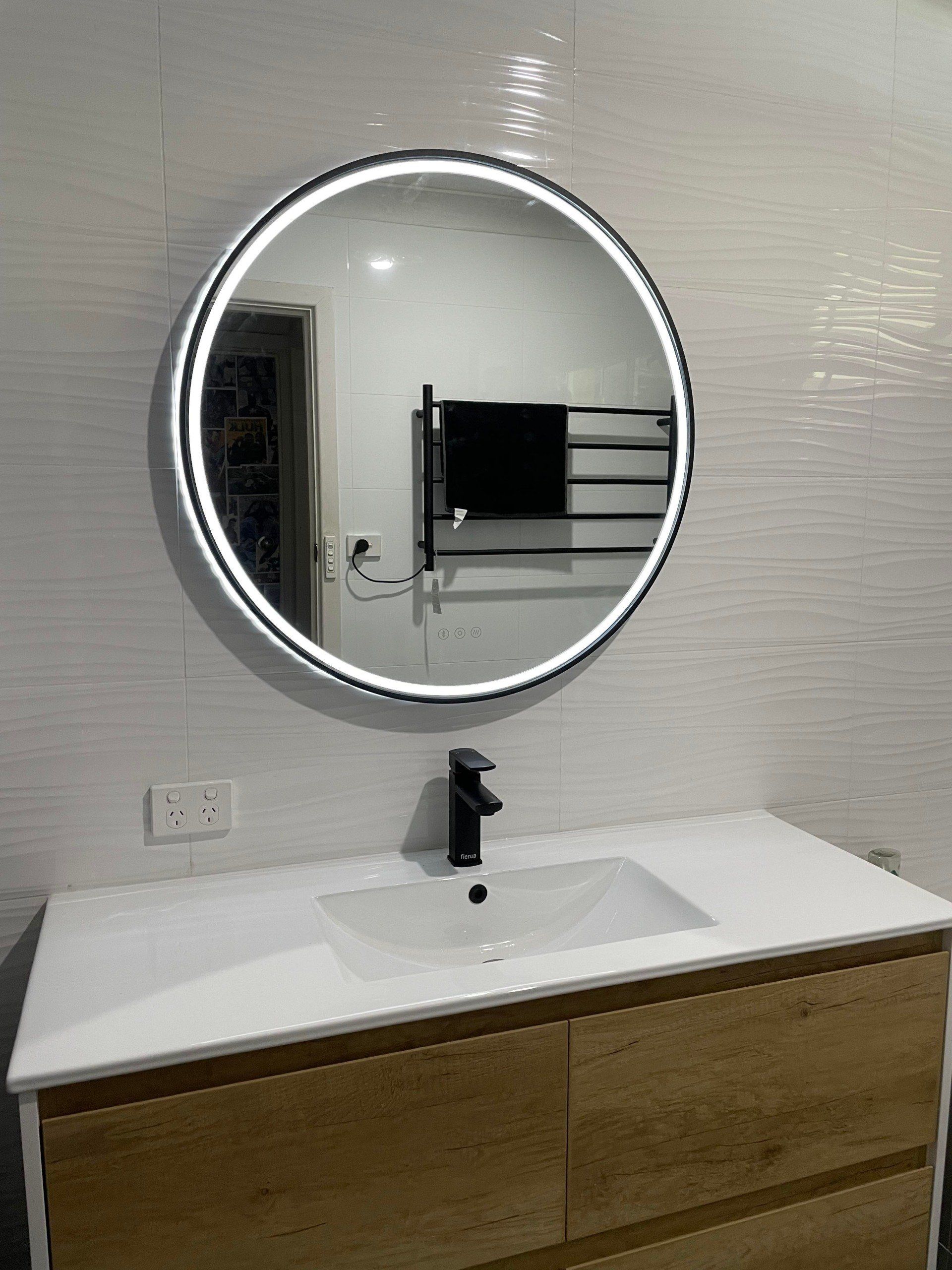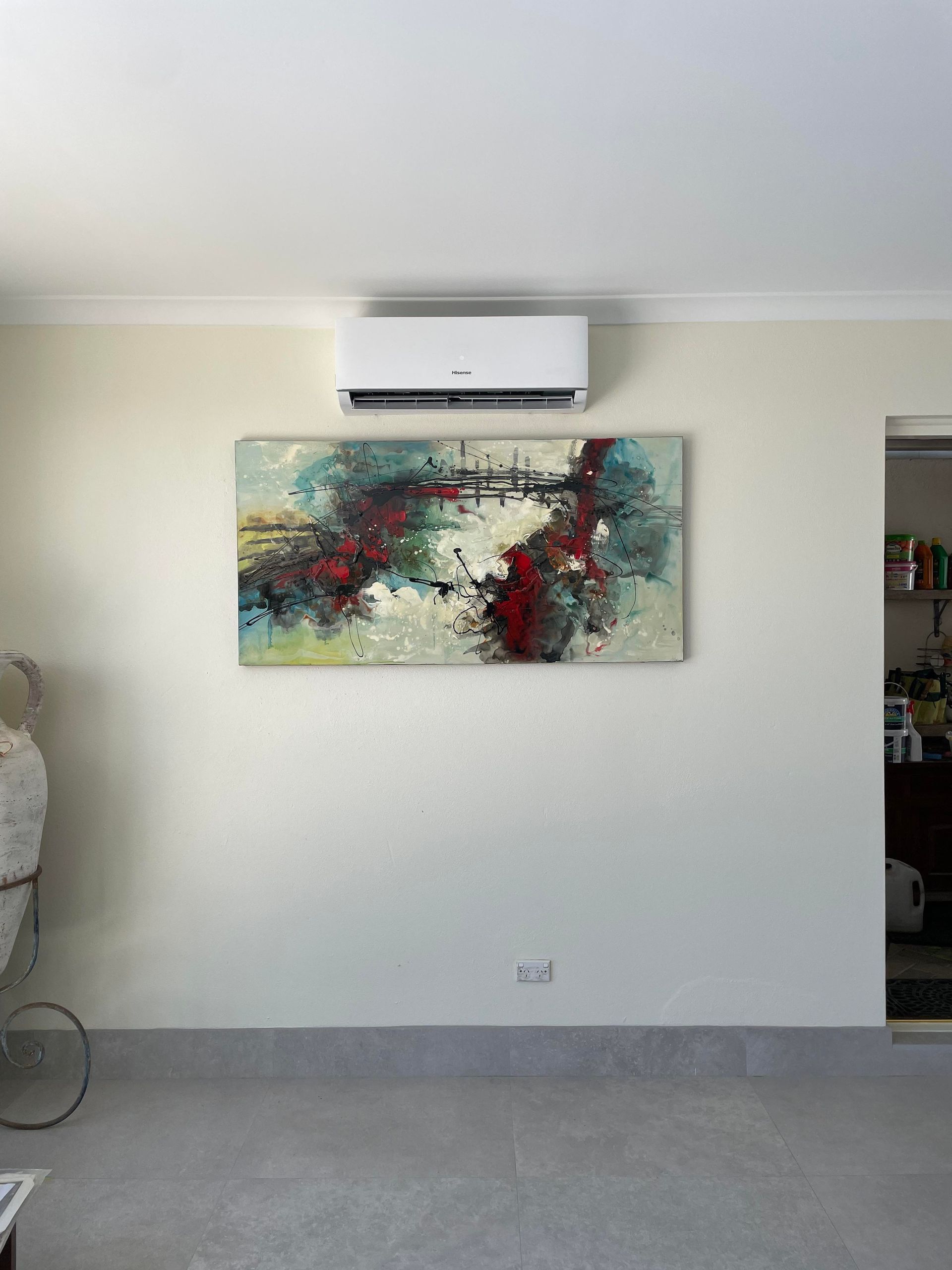What is Split System Air Conditioning?
What is Split System Air Conditioning?
As the temperature begins to rise, many homeowners are considering investing in an air conditioning system to keep their homes cool and comfortable. One popular option that is growing in popularity is split system air conditioning. In this blog post, we will explain what split system air conditioning is, how it works, and the benefits it offers.
What is a Split System Air Conditioner and How does it Work?
A split system air conditioner is a type of air conditioning system that is designed to cool or heat individual rooms or areas of a building. It consists of two main components: an outdoor unit and an indoor unit.
The outdoor unit typically contains the compressor, the condenser coil, and a fan, while the indoor unit contains the evaporator coil, a fan, and air filters. The two units are connected by refrigerant lines and electrical cables that allow the two units to communicate with each other.
When the air conditioner is turned on, warm air from inside the room is drawn into the indoor unit, where it passes over the evaporator coil. The evaporator coil contains cold refrigerant that absorbs heat from the warm air, cooling it down. The cooled air is then circulated back into the room by the indoor unit's fan.
The absorbed heat is then transported to the outdoor unit via the refrigerant lines, where it is released into the outside air by the condenser coil and fan. The refrigerant is then circulated back to the indoor unit to begin the process again.
One of the main advantages of a split system air conditioner is that it allows for individual room temperature control, allowing users to adjust the temperature in each room to their liking. Additionally, split system air conditioners are often more energy-efficient than other types of air conditioning systems, as they do not require ductwork, which can cause energy loss.
What are the Benefits of a Split System Air Conditioner over Other Conditioning Systems
Split system air conditioning offers numerous benefits over other types of air conditioning systems. Firstly, they are quiet and unobtrusive, as the bulk of the noisy components are located outside. This makes them an excellent choice for those who are sensitive to noise or want a quiet home environment.
Secondly, split systems offer great flexibility in terms of zoning, as multiple indoor units can be connected to one outdoor unit. This allows for efficient and targeted cooling in specific areas of a building, making them an excellent choice for larger homes or commercial properties.
Additionally, split system air conditioners are often more energy-efficient than other types of air conditioners, as they do not require ductwork, which can cause energy loss. This means that they can be a cost-effective option for those looking to reduce their energy bills and their environmental impact.
Finally, split system air conditioning is often aesthetically pleasing, as they do not require large, unsightly window units and can be mounted inconspicuously on walls or ceilings. This makes them an excellent choice for homeowners who want to maintain the appearance of their homes or commercial properties.
For more information on the benefits of a Split System Air Conditioner visit our recent blog post What are the Benefits of Split System Air Conditioners.
Conclusion
Split system air conditioning is a highly efficient and effective way to keep your home or commercial property cool and comfortable during hot weather. If you are considering investing in an air conditioning system, be sure to explore the many benefits that split system air conditioning can offer. If you need help installing, maintaining, or repairing a split system air conditioner, be sure to contact the experts at MD Electrical & Data today.
Check out our latest blog post on Split System Air Conditioning Installation Costs.


